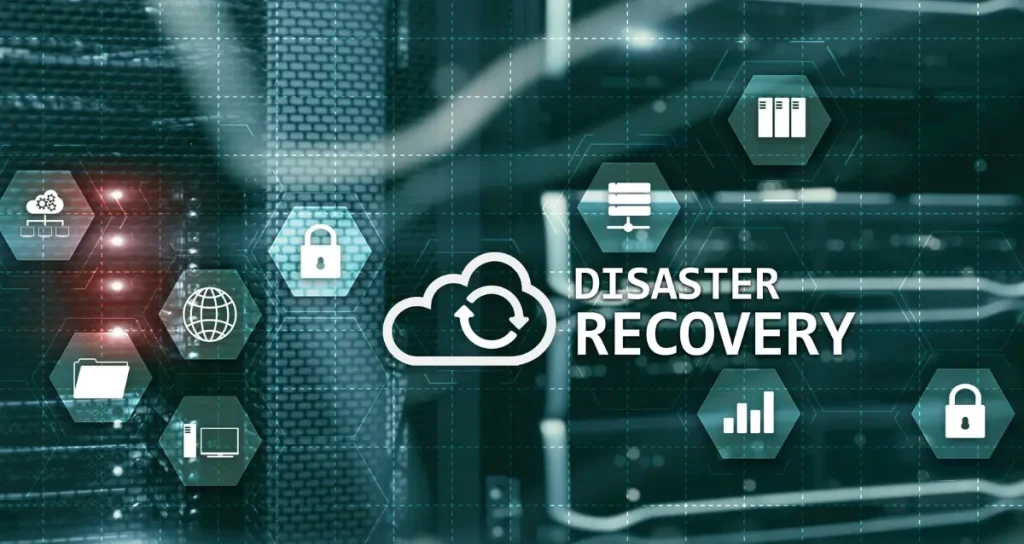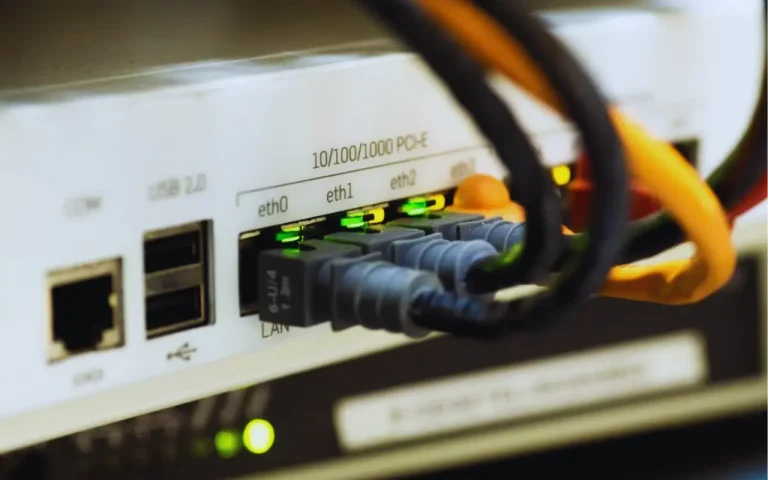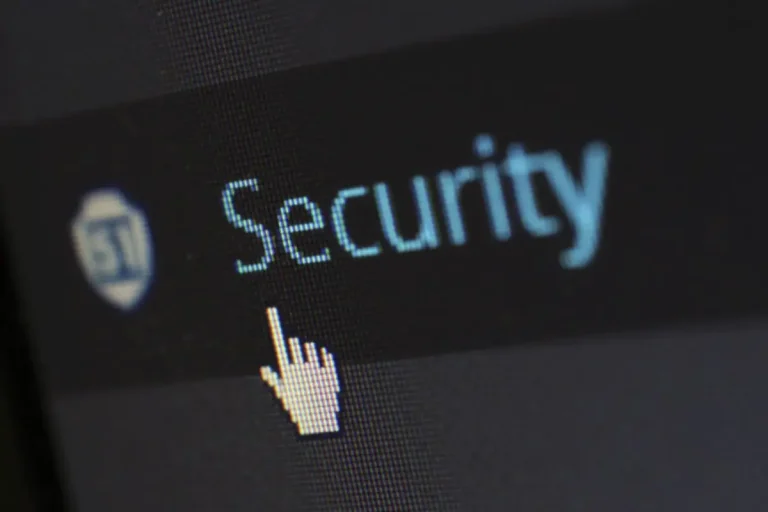Seven Effective Ways to Safeguard Your Digital Assets
In today’s digital age, where our lives are increasingly interconnected, safeguarding digital assets has become essential. From personal photos to sensitive financial data, our digital assets are invaluable and, if compromised, can lead to serious losses. The rise of cyber threats, including hacking, phishing, and data breaches, has made it crucial to take proactive steps to protect these assets.
This article will guide you through seven effective ways to secure your digital world, ensuring your data remains safe and your online presence is protected.
1. Use Strong, Unique Passwords
In the digital world, your password is the most basic yet extremely effective way to prevent unauthorized access to your accounts. A strong password is not just a suggestion; it’s a necessity. A weak password can easily be cracked by hackers using brute force attacks or guessing techniques, putting your personal information at risk.
Make sure your password is at least 12 characters long and includes special characters as well as both lower and uppercase letters. Avoid using information that anyone can guess easily, such as your name, birthdate, or common words. It’s also crucial to use different passwords for different accounts. This way, if one password is compromised, the others remain secure.

2. Educate Yourself
In today’s highly tech-oriented era, while technology has undoubtedly increased convenience, it has also escalated the risks associated with digital security. Understanding these risks and learning how to mitigate them is crucial. One effective way to gain this knowledge is by pursuing an online bachelor of information technology.
This degree not only equips you with the skills needed to protect digital assets but also opens up career opportunities in the rapidly growing field of information technology. You’ll learn about various aspects of information technology, including network security, data encryption, and ethical hacking. These skills are essential not just for protecting your own digital assets but also for helping others secure theirs.
Moreover, an online program offers the flexibility to learn at your own pace while balancing other responsibilities. This makes it an excellent option for those looking to enhance their skills and secure a solid career in the tech industry.
3. Regularly Update Software and Devices
Keeping your software and devices updated is one of the simplest ways to safeguard your digital assets. Software updates often include patches for security vulnerabilities that hackers could exploit. By neglecting to update your software, you leave your devices open to attacks.
This applies to your operating system, apps, antivirus programs, and even the firmware on your router. Most software allows you to enable automatic updates, ensuring that you’re always protected with the latest security patches.
In addition to security, updates often bring new features and improvements that can enhance your overall digital experience. Make it a habit to regularly check for and install updates to keep your devices secure.
4. Backup Your Data Regularly
Data loss can occur in many ways—through cyberattacks, hardware failure, or accidental deletion. Regularly backing up your data ensures that even if something goes wrong, you won’t lose valuable information.
There are several ways to back up your data. Cloud storage services offer a convenient option, allowing you to access your files from anywhere. External hard drives are another reliable method, providing a physical backup that you control. It’s wise to use a combination of both to cover all bases.
Set a schedule for backups—whether daily, weekly, or monthly—depending on how frequently you update your data. This simple practice can save you from significant stress and loss in the event of a digital disaster.

5. Be Wary of Phishing Scams
Phishing scams are one of the most common methods hackers use to steal personal information. These scams typically involve fraudulent emails, messages, or websites that appear to be from legitimate sources. The goal is to trick you into providing sensitive information such as passwords, credit card numbers, or social security numbers.
Recognizing phishing attempts is essential to protect your digital assets. Be cautious of emails from senders you don’t know or messages that ask for personal information or prompt you to click on a link. Look for signs of phishing, such as poor grammar, mismatched email addresses, or urgent language that pressures you to act quickly.
One effective way to avoid falling victim to phishing scams is to never click on links or download attachments from unknown or suspicious sources. Instead, visit websites directly by typing the address into your browser. If you’re unsure about the legitimacy of a message, contact the supposed sender through a trusted method to verify its authenticity.
6. Use Encryption for Sensitive Data
Encryption is a powerful tool for protecting sensitive data. It works by converting your information into a code that can only be deciphered with the correct decryption key. This means that even if your data is intercepted by an unauthorized party, it remains unreadable without the key.
There are various types of encryption, and it’s important to use it for both data at rest (stored data) and data in transit (data being transmitted). For example, you can encrypt files on your computer or external drives, as well as emails and messages you send online.
7. Secure Your Wi-Fi Network
Your Wi-Fi network is the gateway to all your internet-connected devices. If it’s not properly secured, it can be an easy target for hackers who want to gain access to your devices and data. Hence, securing your Wi-Fi network is a fundamental step in safeguarding your digital assets.
Start by changing the default username and password on your router. These default credentials are often well-known to hackers, making your network vulnerable. Use a strong, unique password to secure your Wi-Fi network.
Moreover, enable WPA3 encryption as this is the most secure and latest Wi-Fi encryption standard on your router. This ensures that any data transmitted over your network is protected from prying eyes.
Conclusion
Protecting your digital assets is more important than ever in today’s interconnected world. The actions you take today to protect your data can have a profound impact on your privacy, financial security, and overall peace of mind. Remember, the effort you put into securing your digital assets is an investment in your future, one that ensures your personal and professional life remains protected in an ever-evolving technological landscape.
FURTHER READING
- Strategies for Monetizing Your Digital Content to Earn More
- 6 Tips to Protect Your Family from Identity Theft






